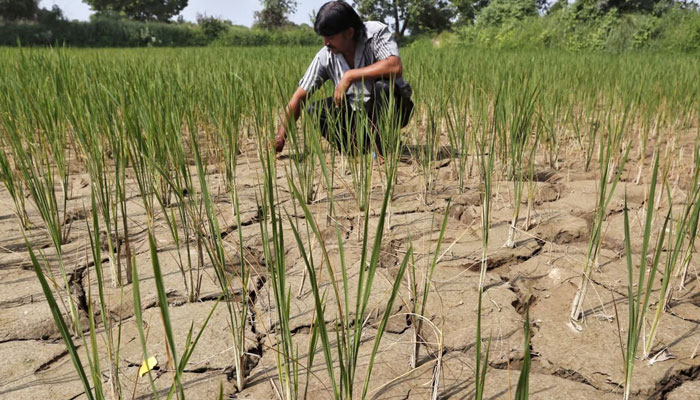Monsoon may be delayed in South Asia next month. Irregular rainfall may occur from June to September. If this happens, the fever will increase. This will disrupt rice production in the region, the world’s top supplier. News – South China Morning Post.
Mahesh Palawat, vice-president of meteorology and climate change at Skymet Weather, said, “We think the monsoon may be late this time. There are several reasons for this. If the monsoon is delayed by four to five days, the temperature will not decrease.
He said, if the onset of monsoon is delayed, there may be a shortage of rain. The region’s climate is globally important as India, Thailand and Vietnam are the world’s top three rice suppliers.
Human-induced climate change makes extreme weather events 30 times more likely, a study found. Bangladesh and some parts of India experienced record temperatures in mid-April.
The country’s state-run meteorological agency has forecast normal rainfall this season despite the dangerous effects of El Nino. However, the non-governmental organization Skymet Weather says that there may be a little less rainfall than normal.
The two opposite climate patterns in the Pacific region are El Niño and La Niña. La Nina usually brings cooler weather. Weather is hot during El Nino. Global climate models say that there is a high risk of El Niño returning in June during La Nina.
“We are transitioning from a La Nina winter to an El Niño summer,” said Raghu Murtugudde, visiting faculty at the Indian Institute of Technology Bombay and professor emeritus at the University of Maryland. This trend is bad.
Skymet’s Palawat says climate change is increasingly affecting monsoon rainfall. It is affecting the crops. It is not beneficial for farmers. Because it does not allow time for groundwater to conserve. It also causes flash floods.
Due to global warming, Monsoon has developed over the Bay of Bengal for a decade which then moves from northeast to west. This reduces the rainfall in the northern crop regions of India.
Global warming of 1.2 degrees Celsius since the late 18th century means events such as heat waves in Bangladesh and India could now occur every five years, says The World Weather Attribution. If the temperature rises by 2 degrees, such an event could occur at least every year.
